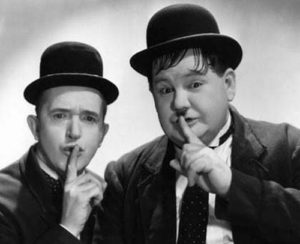One mistake of many salespeople is to think that they need to do the majority of the talking since they are the person “in the driver’s seat” and knowledgeable about the products. While it is true the sales person knows the product, even car salesfolk know, you have to let the customer drive the vehicle if you want to make the sale. If the sales person does all the talking. It makes the customer feel like they are talking to a sleazy salesperson who only cares about commission rather than someone that they can trust, and trust is the cornerstone of making the sale. There are two keys things that we should remember as we go through our selling processes.
First: the sales process is more effective and better for both us and our customer if we treat it like a conversation. After all the customer is a person too! Be truly and honestly interested in that person and why they are coming to us in the first place. What aspects of their lives are they trying to change by looking into our product? This is vital throughout the sales process. It creates a connection between us and the customer that can blossom into a trust. It also allows us to listen and to understand what the customer is looking for so that we can help them pick which product will fit them best rather than just spewing features of the product at them. This is a vital portion of a customer based sales method rather than a product-focused sales method and works far better in the long run.
The second part of this comes at the end of the conversation when we ask for the sale. Many times we, as the sales person, get nervous and flustered after we ask the customer to commit to the sale and start rambling on and on about the product or inventing problems to solve, problems that the customer probably wasn’t thinking of. This is where some self-control comes in and we use our silence as a lever to our advantage. If we stay silent after we ask for the sale, we create a few benefits to us and to our customer. First off, it allows the customer to formulate their thoughts and decide if there is anything additional that they need to address before they are comfortable making the purchase. Second, it create an impression of confidence in ourselves that goes a long way to reinforcing our posture and removing the feelings of being desperate to make the sale, feelings that the customer will pick up on and that will be detrimental to us getting the sale. Finally, it is a tactic to let the customer sell themselves on the product. If we stay silent, the customer will be forced into breaching that silence and they will do it in one of three ways. One: they will formulate real concerns that they want to address, in which case we can assist with address those. Two: they will start to solve their own smokescreen issues and sell themselves on the product for us, applying benefits of the product to their own concerns. Three: they will ask how they can make the purchase. If you notice, all of these outcomes is a good thing for us and for the customer.
So how are you going to use the power of staying silent to really get at the meat of your customer’s concerns?


Recent Comments